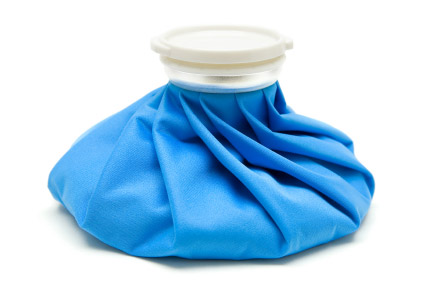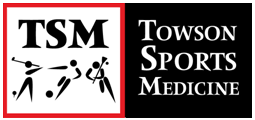Ice vs. Heat
 ICE
ICE
- Typical sensations that a person should feel during an ice treatment include a cold feeling, followed by a burning sensation, after which aching will be felt and then numbness.
- Ice is most commonly used for muscle strains, ligament sprains, and contusions, but it can also be used in the acute phases of bursitis, tenosynovitis and tendinitis, where the application of heat may cause more pain and swelling.
- It is used for the initial treatment of acute injuries to help decrease pain and control swelling.
Ice should be applied for 20 minutes on followed by 90 minutes off and repeated throughout the day, for the first 24-72 hours, depending on the severity of the injury. - Treatment should be limited to 20 minutes at a time because leaving ice on for an extended length of time can lead to additional tissue damage.
- DO NOT apply frozen gel packs or chemical ice packs directly to skin, use a plastic bag or towel as a barrier.
When to use Ice
- Acute or chronic pain
- Acute or chronic muscle spasm
- Acute inflammation or injury
- Postsurgical pain and swelling
- Superficial 1st degree burns
When not to use Ice
- Decreased cold sensitivity &/or hypersensitivity
- Cold allergy
- Circulatory or sensory impairment
- Raynaud’s disease
- Hypertension
- Uncovered open wounds
- Cardiac or respiratory disorders
- Arthritis
HEAT
- Used to increase blood flow and promote healing in the later stages of rehabilitation.
It is typically used before stretching exercises, joint mobilization and active exercise to help increase range of motion (ROM). - Heat should not be applied to a new/acute injury because it can lead to increased pain and swelling.
- Heat helps decrease muscle spasm, pain and joint stiffness and should be used with injuries/conditions that would benefit from it.
When to use Heat
- Subacute or chronic injuries, to reduce swelling, edema, ecchymosis, and muscle spasm
- Increase blood flow to increase ROM before activity, resolve hematoma and facilitate tissue healing
When Not to Use Heat
- Acute inflammation, swelling or injuries
- Impaired or poor circulation
- Subacute or chronic pain
- Impaired or poor sensation
- Impaired thermal regulation


